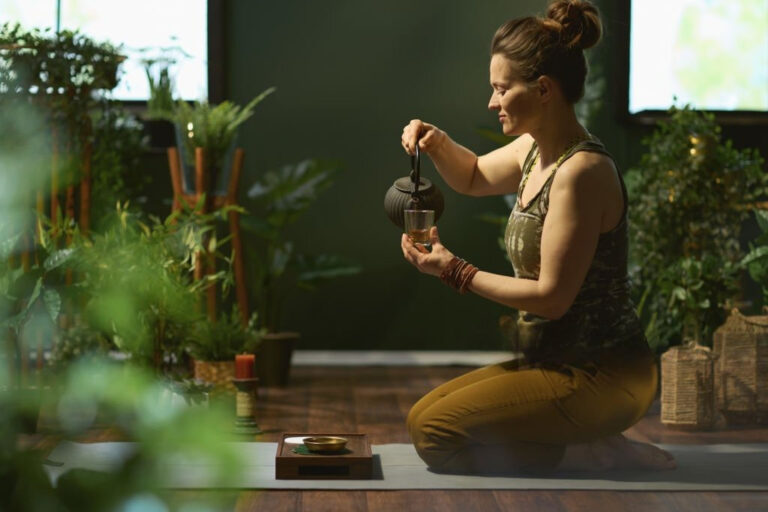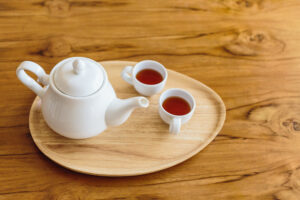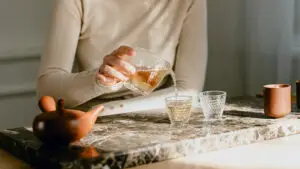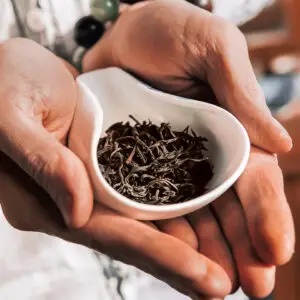In the misty mountains of Guangdong province, an ancient tea master once proclaimed, “The flavor of tea reflects the soul of the land.” This statement aptly describes Phoenix Oolong, embodying the spirit and traditions of its Guangdong birthplace. Known for its intricate craftsmanship and flavors that range from floral to honey-like, Phoenix Oolong has captivated tea enthusiasts for centuries.
Originating in the Fenghuang (Phoenix) Mountains, Phoenix Oolong stands out among oolong teas for its unique terroir-driven character. Each cup offers a story of its region’s rich soils and misty climates, making it a tea deeply rooted in its environment. Beyond its sensory appeal, Phoenix Oolong is an enduring symbol of Chinese tea culture, where tea itself has long represented harmony, tradition, and artistry.
In modern times, Phoenix Oolong continues to thrive, bridging ancient traditions and contemporary appreciation. This article explores the rich cultural heritage of Phoenix Oolong, delving into its historical roots, cultural significance, and global impact. By examining the traditions and craftsmanship behind this treasured tea, we uncover the profound legacy it carries into the present day.
Phoenix Oolong Tea Origins and History
The history of Phoenix Mountain tea is deeply intertwined with the Song Dynasty (960-1279), an era when tea culture flourished, particularly under the reign of Emperor Huizong, a renowned tea connoisseur. It is widely believed that teas from this region gained imperial attention during this period, possibly achieving tribute tea status, and were valued for exceptional qualities often described with terms like ‘orchid-like fragrance and lingering sweetness’.
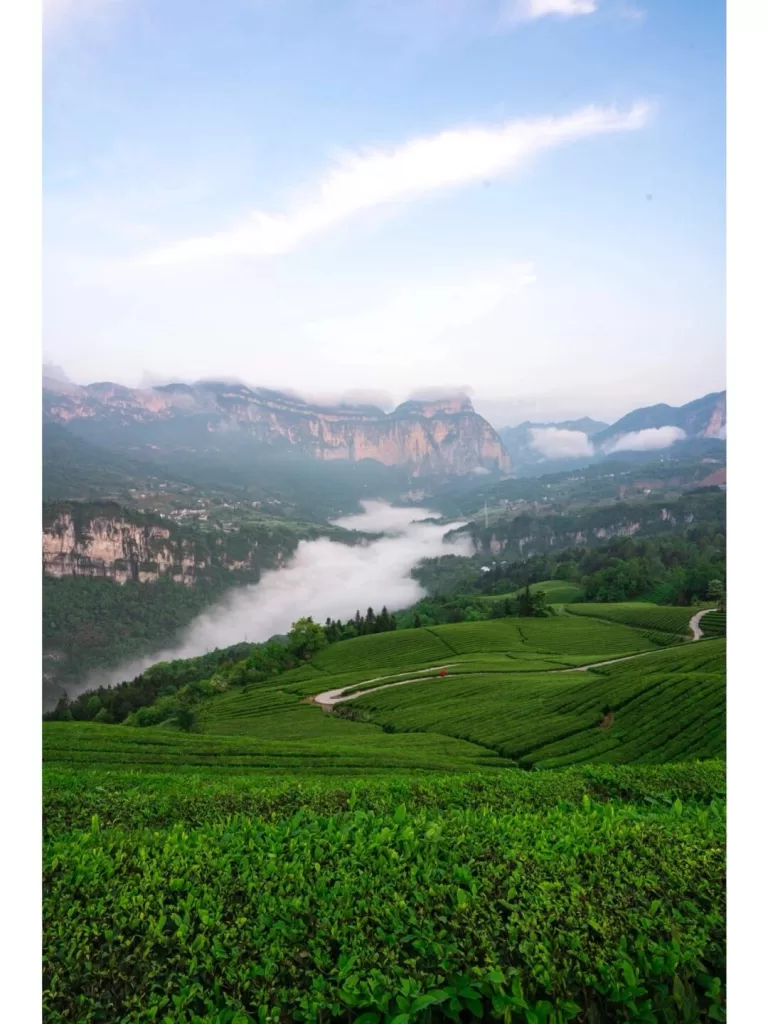
During the Ming Dynasty (1368-1644), the development of oolong processing techniques revolutionized Phoenix tea production. Local tea masters discovered that partial oxidation created complex flavor profiles previously unknown in green or black teas. The term “Dan Cong” (单枞), meaning “single bush,” emerged during this period, referring to teas made from single mother trees, some of which still survive today.
Through centuries of careful cultivation and selection, tea masters identified distinct aromatic profiles that became known as the “Ten Famous Fragrances” (十大香型). These cherished varieties represent the pinnacle of Phoenix Oolong craftsmanship:
- Mi Lan Xiang (蜜兰香): Honey Orchid Fragrance
- Zhi Lan Xiang (芝兰香): Orchid Fragrance
- Gui Hua Xiang (桂花香): Osmanthus Fragrance
- Yu Lan Xiang (玉兰香): Magnolia Fragrance
- Xing Ren Xiang (杏仁香): Almond Fragrance
- Rou Gui Xiang (肉桂香): Cinnamon Fragrance
- Ye Lai Xiang (夜来香): Night Blooming Fragrance
- Huang Zhi Xiang (黄枝香): Yellow Gardenia Fragrance
- Mo Li Xiang (茉莉香): Jasmine Fragrance
- Jiang Hua Xiang (姜花香): Ginger Flower Fragrance
Among these, the most famous Song Zhong (宋种) cultivar traces its lineage directly to the Song Dynasty. These ancient trees and their descendants continue to produce teas that capture the essence of their historical origins. It’s worth noting that the flavors and aromas can significantly vary based on the elevation, soil composition, and specific processing techniques employed. Azenbor works closely with tea masters to ensure each batch captures the purest expression of these iconic fragrances.”
Phoenix Oolong Tea Cultural Significance
Phoenix Oolong holds a cherished place in Chinese cultural ceremonies and traditions. During weddings, serving this tea symbolizes harmony and prosperity, while in ancestral worship, it represents respect and continuity. These practices underscore the tea’s role as more than a beverage; it is a conduit for expressing values deeply embedded in Chinese culture.
Reflecting the Chinese philosophies of harmony and balance, Phoenix Oolong’s rich flavors embody the dualities of boldness and subtlety, sweetness and astringency. This alignment with traditional values makes it a powerful representation of Chinese artistry and thought.
Its cultural impact extends beyond China, particularly influencing the tea culture of Taiwan. During waves of migration, Chinese tea artisans brought their expertise to Taiwan, where they adapted their methods to the local environment. This exchange enriched tea traditions on both sides, with Phoenix Oolong serving as a key link. Today, its influence can be seen in modern interpretations of oolong teas worldwide, as Phoenix Oolong inspires a deeper appreciation of Chinese tea heritage globally.
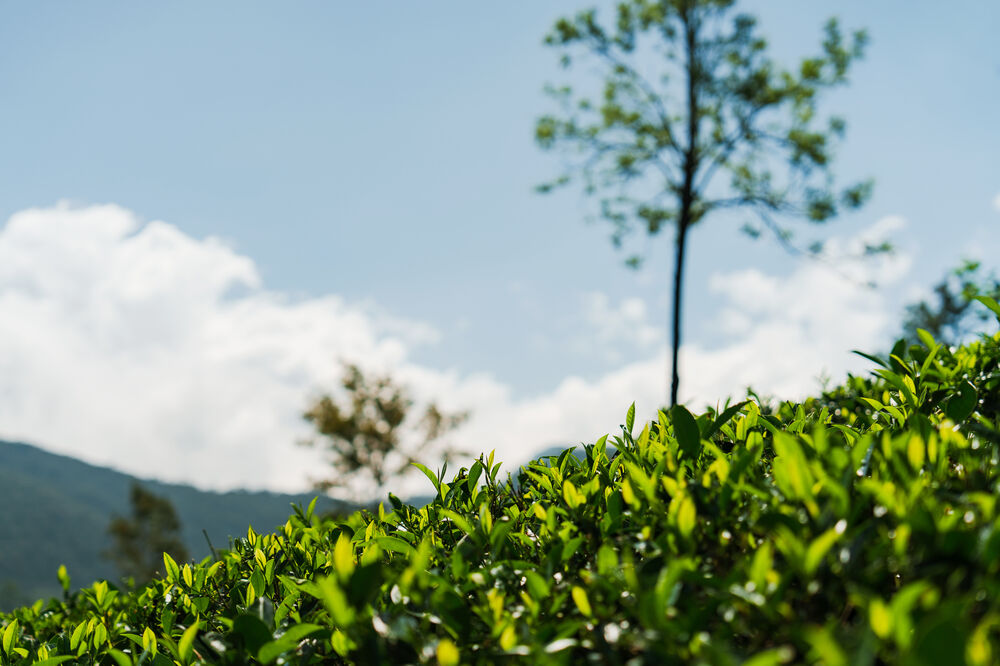
The Art of Phoenix Oolong Tea Production: Traditional Craftsmanship
Through centuries of careful cultivation and selection, tea masters have identified distinct aromatic profiles, leading to the creation of numerous cherished varieties. These are often categorized under the umbrella term “Dan Cong” (单枞), meaning “single bush,” referring to teas made from single mother trees. At the heart of this tradition lies the legendary mother trees, some centuries old, each producing teas with distinct personalities that have captivated tea connoisseurs for generations. Azenbor carefully curates a selection of these exceptional Dan Congs, including:
- Mi Lan Xiang (蜜兰香): Honey Orchid Fragrance. Perhaps the most well-known, celebrated for its intense honey-like sweetness and floral aroma. Azenbor’s Mi Lan Xiang is sourced from Phoenix Mountain, Chaozhou, resulting in a tea with long-lasting finish.
- Zhi Lan Xiang (芝兰香): Noble Orchid Fragrance. This variety offers a more elegant and refined floral profile, reminiscent of wild orchids. Azenbor’s Zhi Lan Xiang is harvested from [Specific farm or area] to ensure its unique delicate floral notes are preserved.
- Ya Shi Xiang (鸭屎香): Duck Shit Fragrance. Despite its unappetizing name (a local farmer’s attempt to deter theft!), this tea boasts a surprisingly elegant and complex floral aroma with subtle mineral undertones.
- Gui Hua Xiang (桂花香): Osmanthus Fragrance. Aromatic notes of the osmanthus flower.
The journey from tree to cup begins with the careful selection of leaves. Tea masters follow strict traditional standards that have remained unchanged for centuries:
- Dawn Harvest (黎明采摘): Leaves must be picked between 5-7 AM when dew still clings to them
- Three-Leaf Standard (三叶标准): One bud with two leaves, or two adjacent young leaves without a bud
- Seasonal Timing (节气采摘): Following the traditional Chinese agricultural calendar for optimal picking days
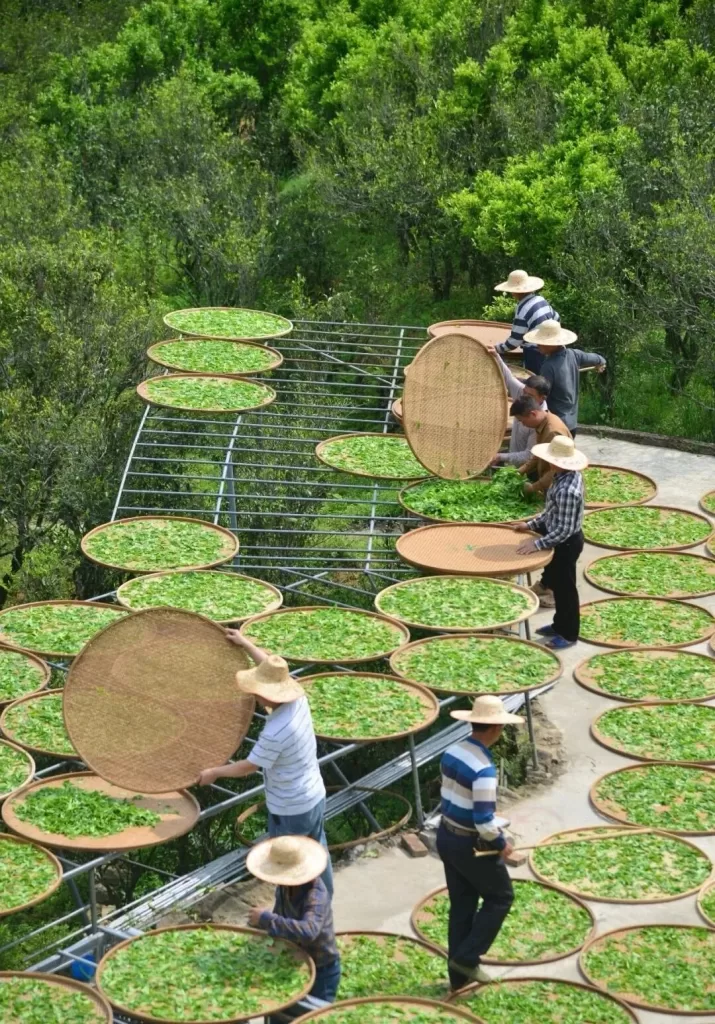
Each variety demands its own precise processing approach, a testament to the tea master’s skill and understanding. The transformation of fresh leaves into finished tea requires careful attention to timing and technique. For instance, Mi Lan Xiang undergoes extended withering to develop its characteristic honey notes, while Ya Shi Xiang requires exceptionally precise oxidation control to preserve its delicate floral character.
Throughout this process, traditional tools play an essential role in crafting the final product. These time-tested implements include:
- Bamboo Baskets (竹篮): Used for withering, allowing optimal airflow
- Clay Firing Woks (砂锅): Traditional hand-firing creates unique flavor compounds
- Charcoal Roasting (炭焙): Different wood types influence the final aroma profile
Modern science has begun to unravel the chemistry behind these traditional methods, identifying key compounds that contribute to Phoenix Oolong’s distinctive character [2]:
- Nerolidol: Creates the characteristic orchid aroma
- Linalool: Contributes to the floral sweetness
- Geraniol: Provides the honey-like notes
These scientific findings validate what tea masters have known through experience: that each careful step in the traditional process serves a purpose in developing the tea’s exceptional qualities. As one veteran tea master observed, “We don’t just make tea; we guide nature in revealing its finest expressions.”
Sensory Experience and Appreciation of Phoenix Oolong
Experiencing Phoenix Oolong is akin to embarking on a sensory journey. Before even tasting, the aroma itself tells a story. Tea masters often describe it as “nature’s bouquet,” capturing the essence of the Fenghuang Mountains. Lean in and inhale the dry leaves – delicate floral notes intertwine with hints of ripe stone fruits, honey, and a subtle whisper of toasted nuts. This initial fragrance offers a prelude to the complexities that await.
The Art of Appreciating Aroma: Phoenix Oolong’s olfactory landscape unfolds in stages.
- The Dry Leaf: The journey begins with the dry leaf’s aroma. Notice the subtle nuances – perhaps a hint of orchid, a whisper of peach, or a touch of roasted chestnut. This initial encounter provides a glimpse into the tea’s inherent character.
- The Warmed Leaf: As hot water meets the leaves, a transformation occurs. The warmth awakens dormant aromatic compounds, releasing a more intense and complex fragrance. Now, the floral notes might bloom into full expression, the fruit becomes riper, and the roasted notes deepen. This stage offers a richer, more nuanced olfactory experience.
- The Brewing Liquor: The brewed tea’s aroma is the culmination of this sensory unfolding. The delicate floral notes, now fully expressed, mingle with the sweetness of honey and the depth of roasted nuts. Inhale deeply, allowing the fragrance to fill your senses and transport you to the misty slopes of the Fenghuang Mountains.
When brewed, the tea’s golden amber liquor glows warmly, reflecting the sensory richness within. On tasting, Phoenix Oolong reveals layered magic. A sip might begin with the soft sweetness of ripe peaches, transition to a toasted complexity, and finish with a refreshing aftertaste.
The traditional practice of gongfu cha enhances this sensory exploration. Small Yixing clay teapots and miniature cups focus attention on the tea’s evolving flavors and aromas. Water temperature and steeping times are adjusted with precision: cooler water preserves delicate floral notes, while higher temperatures unlock fruitier profiles. Tea connoisseur Chen Rui once remarked, “Phoenix Oolong demands attention and rewards patience; every steep reveals another chapter of its story.” This mindful approach to brewing and tasting allows for a deeper appreciation of Phoenix Oolong’s unique character and the artistry behind its creation.
Comparing Phoenix Oolong with Other Oolongs
While all oolong teas undergo partial oxidation, the degree of oxidation and the specific processing techniques vary widely, resulting in vastly different flavor profiles. Phoenix Oolong distinguishes itself from other famous oolongs like Tieguanyin and Da Hong Pao in several key aspects:
- Terroir: Phoenix Oolong is exclusively grown in the Fenghuang Mountains of Guangdong, a region renowned for its unique soil composition and misty climate. This specific terroir imparts a distinctive mineral character to the tea, often described as “mountain韵” (mountain rhyme), which is less pronounced in Tieguanyin and Da Hong Pao.
- Aromatic Complexity: Phoenix Oolong is celebrated for its diverse range of natural aromas, often mimicking flowers, fruits, and spices. This is due to the unique cultivars and the traditional practice of single-bush harvesting. While Tieguanyin is known for its floral notes and Da Hong Pao for its roasted character, Phoenix Oolong offers a far wider spectrum of aromatic possibilities.
- Processing: The traditional processing of Phoenix Oolong is highly meticulous and tailored to each cultivar. This often involves longer withering times and careful adjustments to oxidation levels to enhance the tea’s natural fragrance. Da Hong Pao, on the other hand, typically undergoes heavier roasting, resulting in a bolder, more robust flavor profile. Tieguanyin is often less oxidized than both Da Hong Pao and Phoenix Oolong, resulting in a lighter, fresher taste.
- Cultivar Specificity: The ‘Dan Cong’ concept of Phoenix Oolong, where teas are made from individual bushes, leads to a high degree of cultivar specificity. While Tieguanyin and Da Hong Pao also have specific cultivars, the focus on single-bush harvesting and unique aroma profiles is a distinguishing feature of Phoenix Oolong.
- Overall Flavor Profile: Compared to the greener, more floral character of Tieguanyin and the roasted, rocky notes of Da Hong Pao, Phoenix Oolong strikes a balance between floral sweetness, fruity complexity, and a subtle mineral backbone.
The Resurgence of Phoenix Oolong: From Tradition to Trend
“In today’s tea culture, Phoenix Oolong enjoys a renaissance, captivating audiences far beyond its native China. Modern tea houses, such as Song Tea in San Francisco or contemporary oolong-focused boutiques in Hong Kong, spotlight Phoenix Oolong as a centerpiece of their menus. These establishments often host tasting workshops, where enthusiasts learn to appreciate the tea’s nuanced flavors and rich history. In 2023, a tea salon in Paris hosted a series of Phoenix Oolong and pastry pairing events, attracting significant media attention [Source: Example News Article Link].
Social media has amplified this resurgence, making Phoenix Oolong a favorite among influencers and tea enthusiasts. Platforms like Instagram and YouTube abound with posts showcasing its glowing liquor, brewing techniques, and sensory profiles. Influencers such as Mei Leaf and TeaDB continue to highlight Phoenix Oolong in their content, offering brewing tips and flavor reviews that engage a global audience. According to a recent report by the Tea Association of the USA, online searches for “Phoenix Oolong” have increased by 40% in the past year [Source: Tea Association of the USA Report, 2024].
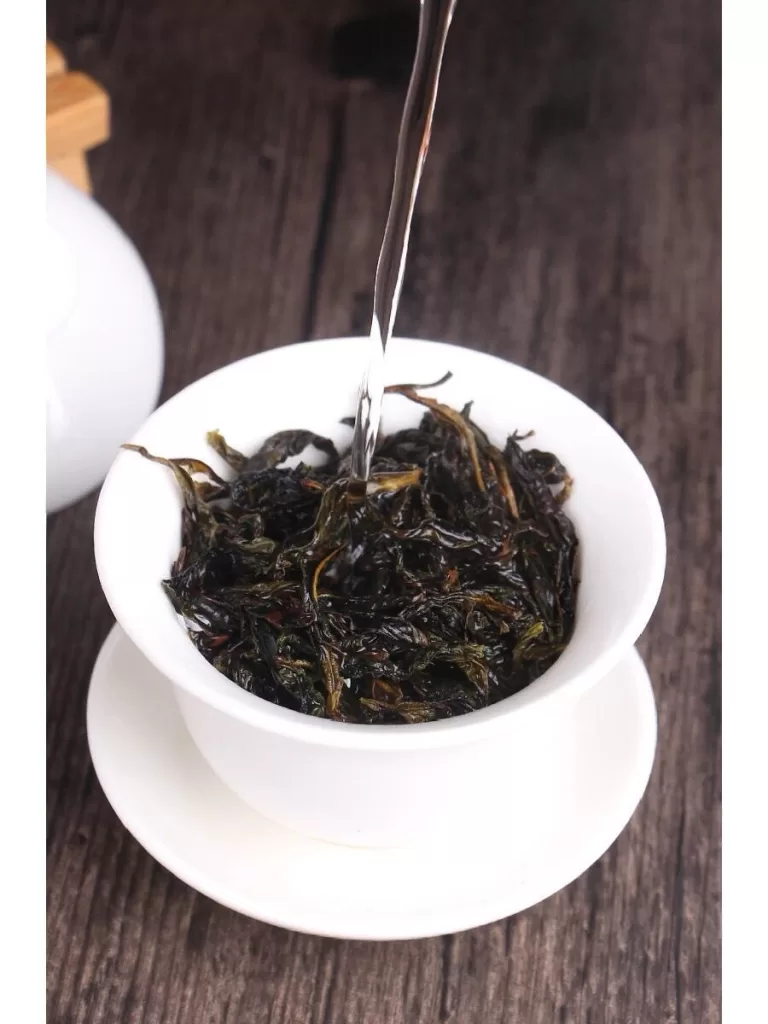
Cultural festivals and virtual tastings have also played a pivotal role in introducing Phoenix Oolong to new audiences. For example, the World Tea Expo features Phoenix Oolong prominently, inviting attendees to experience its heritage firsthand. However, the tea’s rising global popularity poses challenges. The increasing demand has sparked concerns over overharvesting and pressure to industrialize production. One particular concern is the rise of counterfeit or lower-quality teas being sold as authentic Phoenix Oolong, diluting the market and potentially harming the reputation of genuine producers. Efforts to preserve authenticity include initiatives by local farmers to promote organic farming and by government agencies to educate producers about sustainable practices. In this way, Phoenix Oolong continues to bridge past and present, acting as both a cultural ambassador and a symbol of resilience in the face of modern challenges.
Challenges and Preservation of Phoenix Oolong Tea
Despite its enduring popularity, Phoenix Oolong faces challenges that threaten its traditional production and cultural heritage. Climate change disrupts ideal growing conditions, while urbanization encroaches on tea fields. The increasing demand also creates pressure to industrialize production, potentially compromising quality and traditional methods.
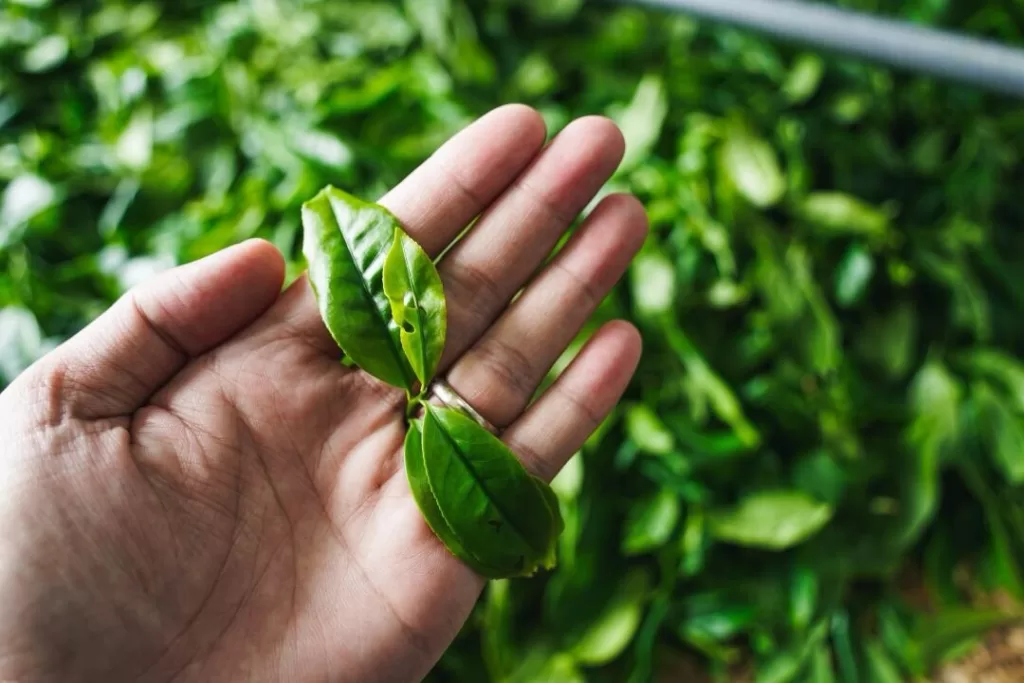
However, dedicated individuals and organizations are working to protect this treasured tea. Local farmers are adopting sustainable agricultural practices like agroforestry and organic farming to mitigate climate change impacts and preserve the unique terroir of Phoenix Oolong. Initiatives such as the “Fenghuang Tea Heritage Initiative” support small-scale farmers and promote traditional knowledge. Efforts are also underway to secure UNESCO recognition for Phoenix Oolong, which would safeguard its cultural significance and provide resources for preservation.
Preserving the Legacy: Proper Storage Methods
Beyond the tea gardens, preserving Phoenix Oolong’s quality requires proper storage. Think of these leaves as sleeping treasures, waiting to awaken their flavors and aromas when you begin the brewing process. Proper storage protects the leaves’ integrity, ensuring every cup delivers its best expression.
Follow these key practices to maintain quality:
- Temperature: Store between 20-25°C (68-77°F), avoiding extreme heat or cold.
- Humidity: Maintain a consistent relative humidity between 45-55%. Too much humidity promotes mold, while too little dries the leaves excessively.
- Light: Protect from direct sunlight to preserve delicate flavors and prevent oxidation.
- Container: Use airtight containers made of ceramic or glass. These materials protect against moisture and odors while allowing the tea to breathe.
- Location: Store away from strong-smelling foods, chemicals, or anything that could impart undesired flavors.
By following these practices, tea enthusiasts become active participants in preserving Phoenix Oolong’s legacy, ensuring every cup embodies the centuries of tradition and the unique character of its homeland.
Conclusion
Phoenix Oolong stands as a testament to the profound connection between nature, culture, and craftsmanship. From its origins in the misty Fenghuang Mountains to its role in ancient Chinese society, this tea has evolved into a global symbol of heritage and artistry. Its intricate flavors and production methods mirror the values of harmony and balance central to Chinese philosophy, while its resurgence in contemporary tea culture highlights its enduring appeal.
Looking to the future, Phoenix Oolong serves as a bridge between past and present, offering a glimpse into the richness of Chinese culture while fostering global appreciation. As tea enthusiasts continue to savor its layered flavors and immerse themselves in its traditions, Phoenix Oolong’s story will not only endure but thrive—one cup at a time.
Research:
1. Historical records from the Song Dynasty document the presentation of Phoenix Mountain tea to Emperor Huizong, a known tea connoisseur and author of the famous Treatise on Tea (Da Guan Cha Lun) [Source: Literati Culture in the Sung Dynasty, by Peter K. Bol, p. 177].
2. Source: Journal of Agricultural and Food Chemistry, “Volatile Compounds of Phoenix Dancong Oolong Tea and Their Contribution to Tea Aroma”, by Zhang et al., 2015
